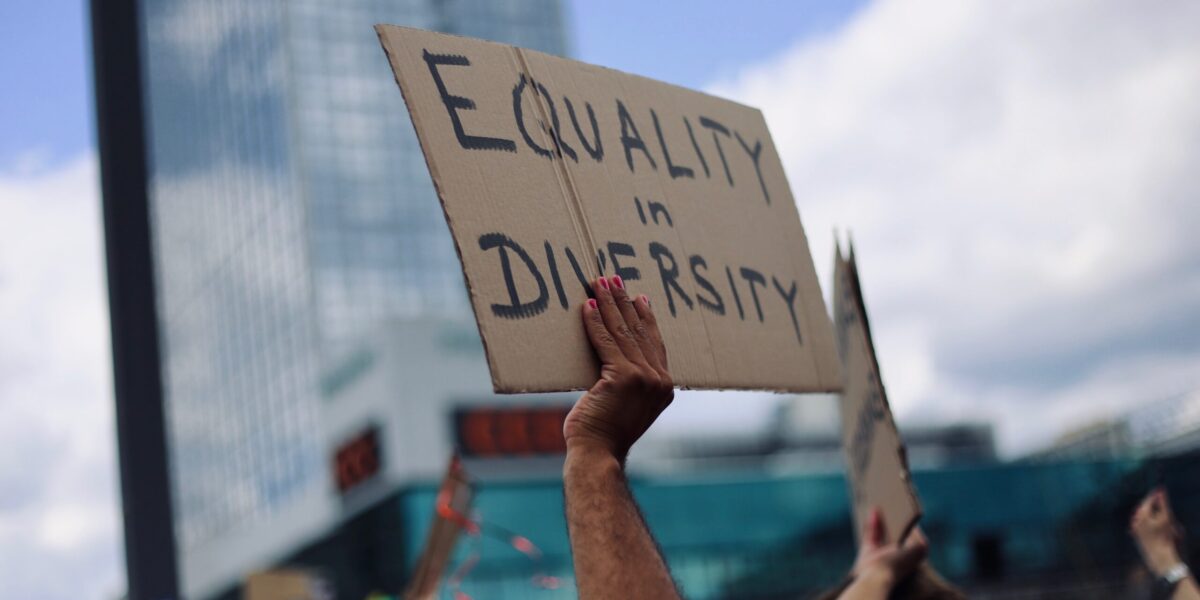Stephanie Fung, Anna Liu, Karine Ng, and Chris Ramsaroop are the co-authors of “Uprooting the Racism in Our Ranks: Reflections from a Labour Perspective,” a powerful essay to be published this April as part of Vancouver artist/activist Henry Tsang’s new book White Riot: The 1907 Anti-Asian Riots in Vancouver. (Terrific book, by the way. Buy a copy and share it with friends, family, and other workers.)
The challenging essay on racism and organized workers deserves to be read and debated by everyone in the labour movement. The authors open their reflections by describing themselves as “self-identified and visibly presenting Asian Canadians.” They say that “…each of us can recall times growing up when we endured racial taunts, harassment, and, in some instances, overt racial violence.” They call on readers to understand these remembered injuries not as purely private trauma, but as the workings of deeply embedded structural racism at work in all the structures of Canadian society, including the labour movement. And they make a compelling argument for this systemic understanding.
White Riot, the work in which Uprooting Racism appears, focuses on an outbreak of mob violence against Chinese and Japanese residents of Vancouver in 1907. The labour essay is one of seven outstanding chapters that provide historical and theoretical context for the horrifying story of a two-day spasm of civic cruelty in which a third of the city’s population went into the streets to terrorize their Chinese and Japanese neighbors.
And the labour context is heartbreaking for anyone (like me ) who still harbours deep affection for a version of the workers’ movement inspired by the old and resonant slogan “An injury to one is an injury to all.” At its best, the workers’ movement has set high ethical goals of human solidarity and often enough attained them, at least in part, in ways that made millions of lives better. But at worst, as Fung, Liu, Ng and Ramsaroop remind us, unions have betrayed their high ideals and fallen into squalid, right wing, racist populism, pitting worker against worker and supporting brutally racist policies like the Chinese head tax and the formation of Asian Exclusion Leagues in the run up to the 1907 Vancouver riots.
And the insurgent authors argue persuasively that racism is an issue within the labour movement in 2023, just as it was in 1907. “One area we want to focus on is the rise of right- wing extremism in the Canadian labour movement,” they write. “The Freedom Convoy confirmed suspicions many of us have had about members of our own house of labour. Leaked financial records revealed that many elected officials, staff, and rank-and-file members as contributors to the convoy. Public social media posts also illustrated the xenophobic and racist beliefs held by some union members with power.” While many unions in Canada have explicit anti-racism policies, the authors argue that “We need an open dialogue in the house of labour; that requires more than press releases or statements from elected officials. It requires resources dedicated to tough conversations with members about the role white supremacy has played in dividing workers right from the inception of the labour movement.”
And that time honoured tactic of the business class, using racism as a wedge to divide us, is alive and well in Canada currently, as these authors demonstrate by citing the spiking levels of racist violence, especially focused on people who are perceived as being Asian. StatsCan, for example, reports that “… between 2019 and 2020, the number of police reported crimes motivated by hatred of race or ethnicity increased by 80%.” Other research showed that since the advent of the COVID-19 pandemic, 30 per cent of Chinese participants, 27 per cent of Korean participants and 19 per cent of Southeast Asian participants felt there was an increase in the frequency of harassment or attack based on race, ethnicity, or skin colour . In citing research findings, as in the general thrust of their analysis, these authors insist on understanding the racism their own “marginalized settler” communities endure in the context of the fundamental theft of the land called Canada from Indigenous nations and the complex structures of racism that hurt Indigenous, Black, Brown, and Asian communities in different but related ways. They point out, for example, that during the pandemic 28 per cent of Indigenous households and 31 per cent of other racialized households experienced economic insecurity, compared to 16 per cent of white households.
The authors are arguing here for an ambitious and sweeping solidarity of all workers against the racist (and by implication misogynist and homophobic/transphobic) crap that makes us fear and mistrust each other, and they demand that the labour movement live up to its best traditions by taking a leading role in creating that kind of unity. To really do the job required, they argue, “ It is necessary to confront imperialism, fascism and white supremacy head-on.” That sounds about right to me, if a bit jargon heavy. If you agree, I urge you to share this column with work mates, friends, family, and accomplices. If you are active in your union or grass roots community groups, please share these arguments with other members. Buy Tsang’s book and read it through, then re-read the chapter on labour. We all have a lot of work to do, and these readings are useful reminders of the challenges we face.



